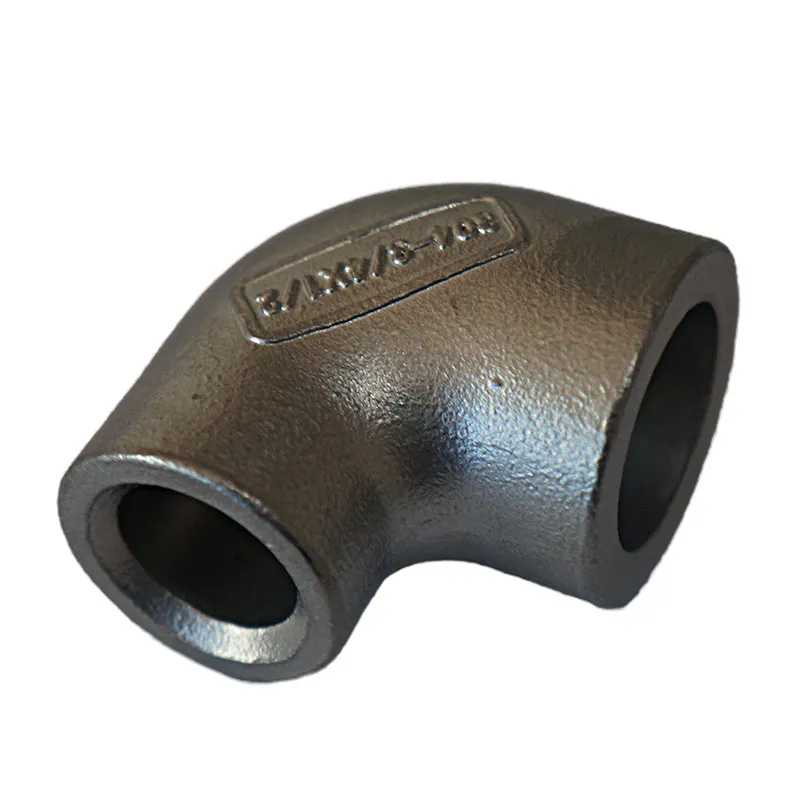stamping sheet metal parts
The Importance of Stamping Sheet Metal Parts in Modern Manufacturing
Stamping sheet metal parts play a critical role in a wide array of industries, including automotive, aerospace, electronics, and appliances. The process involves the use of a die and a press to shape metal sheets into specific forms, thereby creating parts that meet precise dimensions and tolerances. This article explores the significance of this manufacturing technique, its applications, advantages, and the future of metal stamping.
Understanding the Stamping Process
The stamping process begins with the preparation of a sheet metal blank, which is cut from larger coils of metal. The chosen metal, such as steel, aluminum, brass, or copper, is then fed into a stamping press. The press uses a die—essentially a mold—to cut, bend, or form the metal into the desired shape. Depending on the complexity of the part, multiple stages of stamping may be required, each utilizing different dies and presses.
There are several types of stamping processes, including progressive stamping, deep-drawing, and piercing. Progressive stamping involves a series of operations in a single press, which allows for high efficiency and speed in producing complex parts. Deep-drawing is employed for creating hollow metal parts and is widely used in industries like automotive for components such as fuel tanks. Piercing is a process that involves creating holes in the metal sheets, essential for various functional components.
Applications of Stamped Parts
Stamped sheet metal parts are integral to many products. In the automotive industry, components such as brackets, panels, and chassis are produced using stamping because of their strength-to-weight ratio and cost-effectiveness. In the aerospace sector, precision is paramount; hence, stamped parts are utilized in structural components where reliability and safety are crucial.
In electronics, stamped metal parts are often found in connectors, housings, and various hardware, ensuring the durability required for everyday use. The appliance industry also relies heavily on stamping for items like washer and dryer enclosures, which demand high-grade metal for longevity.
stamping sheet metal parts

Advantages of Stamping
One of the primary advantages of stamping sheet metal parts is high production efficiency. Once the necessary dies are created, stamped parts can be produced at a rapid pace, leading to lower unit costs, especially when manufactured in large volumes. Additionally, stamping delivers repeatability; each part produced will maintain consistent dimensions and quality standards, which is essential for assembly processes in various industries.
Stamping is also versatile, accommodating a wide range of materials and part geometries. Whether producing simple shapes or complex designs, stamping can fulfill diverse manufacturing requirements. Moreover, this process is known for producing minimal waste, as the cutting process can be optimized to ensure that excess material is kept to a minimum, promoting both economic and environmental sustainability.
The Future of Stamped Sheet Metal Parts
As technology advances, so does the stamping process. Innovations such as automation and computer numerical control (CNC) are making it possible to manufacture increasingly complex parts with improved precision. Industry 4.0 technologies are also being integrated into stamping operations, enhancing data collection and machine learning for predictive maintenance, thereby reducing downtime.
Additionally, as industries become more focused on sustainability, the metal stamping sector is adapting by incorporating recyclable materials and waste-reduction practices. The future will likely see an increasing emphasis on eco-friendly practices, pushing manufacturers to innovate further while minimizing environmental impact.
Conclusion
The role of stamping sheet metal parts in modern manufacturing cannot be overstated. With its ability to produce high-quality, repeatable components efficiently, stamping remains a cornerstone in various industries. As the technology continues to evolve, embracing automation and sustainable practices, the potential for stamped metal parts will only grow, transforming the landscape of manufacturing for years to come. Whether for automotive, aerospace, or electronic applications, stamped parts will remain integral to efficient production systems, embodying the strength and precision demanded by modern design and engineering.
-
Top Extras Casting Solutions Die Casting and Sand Casting Experts High-Quality Casting and Die Casting ServicesNewsJun.10,2025
-
Top SS Casting Manufacturer Aluminum Die Casting Manufacturer China Precision Die Casting Company SupplierNewsJun.10,2025
-
High-Quality Brass Casting Sand for Precision Sand Casting Brass at HomeNewsJun.10,2025
-
Affordable Aluminum Sand Casting Solutions Custom PartsNewsJun.09,2025
-
High-Quality China Sand Casting Services Cost-Effective & ReliableNewsJun.09,2025
-
Premium Hot Stamping Parts Durable Plastic Decor SolutionsNewsJun.09,2025















